Subscribe to our ▶️YouTube channel🔴 for the latest videos, updates, and tips.
Home | About Us | Contact Us | Privacy | Math Blog
Properties of Multiplication of Integers
The properties of multiplication of integers are discussed with examples. All properties of multiplication of whole numbers also hold for integers.
The multiplication of integers possesses the following properties:
Property 1 (Closure property):
The product of two integers is always an integer.
That is, for any two integers m and n, m x n is an integer.
For example:
(i) 4 × 3 = 12, which is an integer.
(ii) 8 × (-5) = -40, which is an integer.
(iii) (-7) × (-5) = 35, which is an integer.
Property 2 (Commutativity property):
For any two integer’s m and n, we have
m × n = n × m
That is, multiplication of integers is commutative.
For example:
(i) 7 × (-3) = -(7 × 3) = -21 and (-3) × 7 = -(3 × 7) = -21
Therefore, 7 × (-3) = (-3) × 7
(ii) (-5) × (-8) = 5 × 8 = 40 and (-8) × (-5) = 8 × 5 = 40
Therefore, (-5) × (-8) = (-8) × (-5).
Property 3 (Associativity property):
The multiplication of integers is associative, i.e., for any three integers a, b, c, we have
a × ( b × c) = (a × b) × c
For example:
(i) (-3) × {4 × (-5)} = (-3) × (-20) = 3 × 20 = 60
and, {(-3) × 4} × (-5) = (-12) × (-5) = 12 × 5 = 60
Therefore, (- 3) × {4 × (-5)} = {(-3) × 4} × (-5)
(ii) (-2) × {(-3) × (-5)} = (-2) × 15 = -(2 × 15)= -30
and, {(-2) × (-3)} × (-5) = 6 × (-5) = -(6 × 5) = -30
Therefore, (- 2) × {(-3) × (-5)} = {-2) × (-3)} × (-5)
Property 4 (Distributivity of multiplication over addition property):
The multiplication of integers is distributive over their addition. That is, for any three integers a, b, c, we have
(i) a × (b + c) =a × b + a × c
(ii) (b + c) × a = b × a + c × a
For example:
(i) (-3) × {(-5) + 2} = (-3) × (-3) = 3 × 3 = 9
and, (-3) × (-5) + (-3) × 2 = (3 × 5 ) -( 3 × 2 ) = 15 - 6 = 9
Therefore, (-3) × {(-5) + 2 } = ( -3) × (-5) + (-3) × 2.
(ii) (-4) × {(-2) + (-3)) = (-4) × (-5) = 4 × 5 = 20
and, (-4) × (-2) + (-4) × (-3) = (4 × 2) + (4 × 3) = 8 + 12 = 20
Therefore, (-4) × {-2) + (-3)} = (-4) × (-2) + (-4) × (-3).
Note: A direct consequence of the distributivity of multiplication over addition is
a × (b - c) =a × b - a × c
Property 5 (Existence of multiplicative identity property):
For every integer a, we have
a × 1 = a = 1 × a
The integer 1 is called the multiplicative identity for integers.
Property 6 (Existence of multiplicative identity property):
For any integer, we have
a × 0 = 0 = 0 × a
For example:
(i) m × 0 = 0
(ii) 0 × y = 0
Property 7:
For any integer a, we have
a × (-1) = -a = (-1) × a
Note: (i) We know that -a is additive inverse or opposite of a. Thus, to find the opposite of inverse or negative of an integer, we multiply the integer by -1.
(ii) Since multiplication of integers is associative. Therefore, for any three integers a, b, c, we have
(a × b) × c = a × (b × c)
In what follows, we will write a × b × c for the equal products (a × b) × c and a × (b × c).
(iii) Since multiplication of integers is both commutative and associative. Therefore, in a product of three or more integers even if we rearrange the integers the product will not change.
(iv) When the number of negative integers in a product is odd, the product is negative.
(v) When the number of negative integers in a product is even, the product is positive.
Property 8
If x, y, z are integers, such that x > y, then
(i) x × z > y × z, if z is positive
(ii) x × z < y × z , if z is negative.
These are the properties of multiplication of integers needed to follow while solving the multiplication of integers.
● Numbers - Integers
Properties of Multiplication of Integers
Examples on Multiplication of Integers
Properties of Division of Integers
Examples on Division of Integers
Examples on Fundamental Operations
● Numbers - Worksheets
Worksheet on Multiplication of Integers
Worksheet on Division of Integers
Worksheet on Fundamental Operation
7th Grade Math Problems
From Properties of Multiplication of Integers to HOME PAGE
Didn't find what you were looking for? Or want to know more information about Math Only Math. Use this Google Search to find what you need.
Recent Articles
-
Area of Rectangle Square and Triangle | Formulas| Area of Plane Shapes
Jul 18, 25 10:38 AM
Area of a closed plane figure is the amount of surface enclosed within its boundary. Look at the given figures. The shaded region of each figure denotes its area. The standard unit, generally used for… -
What is Area in Maths? | Units to find Area | Conversion Table of Area
Jul 17, 25 01:06 AM
The amount of surface that a plane figure covers is called its area. It’s unit is square centimeters or square meters etc. A rectangle, a square, a triangle and a circle are all examples of closed pla… -
Worksheet on Perimeter | Perimeter of Squares and Rectangle | Answers
Jul 17, 25 12:40 AM
Practice the questions given in the worksheet on perimeter. The questions are based on finding the perimeter of the triangle, perimeter of the square, perimeter of rectangle and word problems. I. Find… -
Formation of Square and Rectangle | Construction of Square & Rectangle
Jul 16, 25 11:46 PM
In formation of square and rectangle we will learn how to construct square and rectangle. Construction of a Square: We follow the method given below. Step I: We draw a line segment AB of the required… -
Perimeter of a Figure | Perimeter of a Simple Closed Figure | Examples
Jul 16, 25 02:33 AM
Perimeter of a figure is explained here. Perimeter is the total length of the boundary of a closed figure. The perimeter of a simple closed figure is the sum of the measures of line-segments which hav…

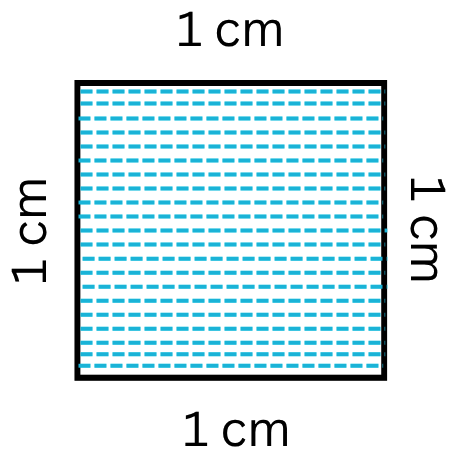
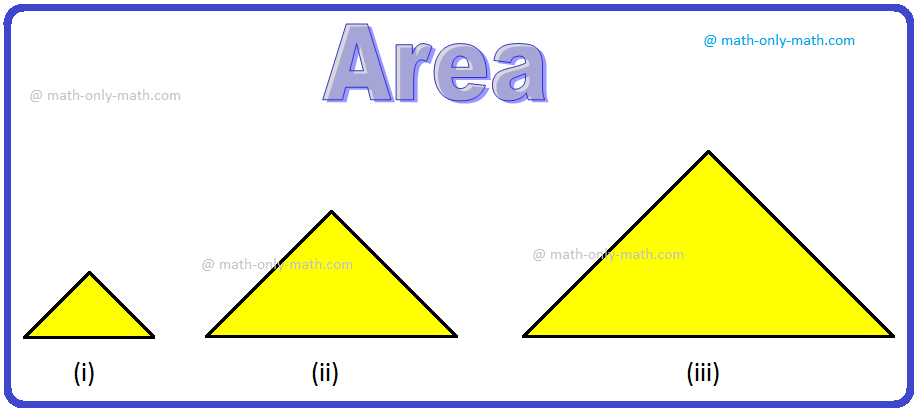
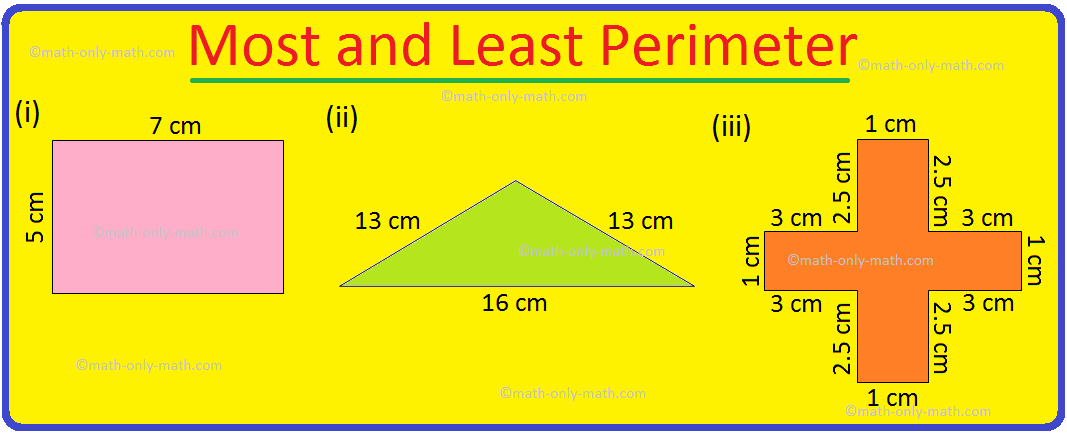
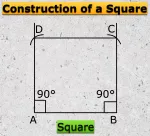
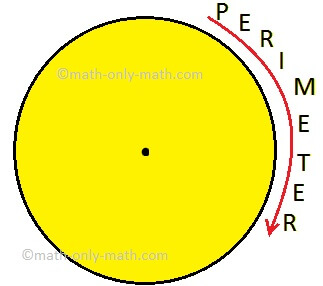
New! Comments
Have your say about what you just read! Leave me a comment in the box below. Ask a Question or Answer a Question.